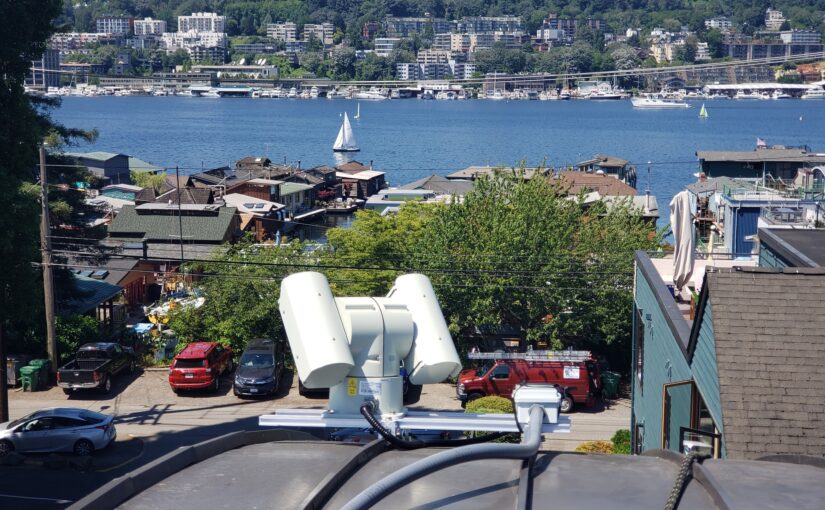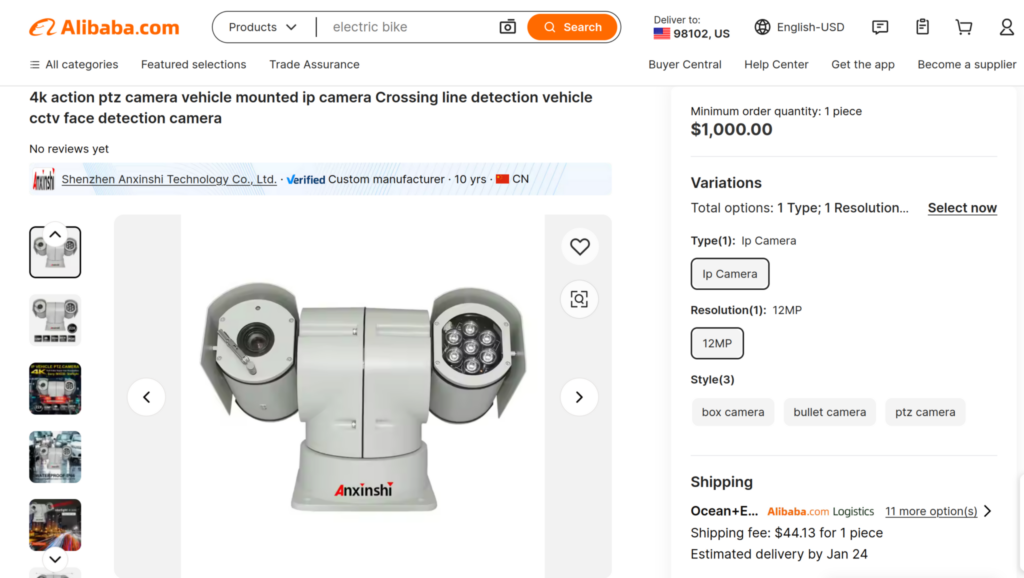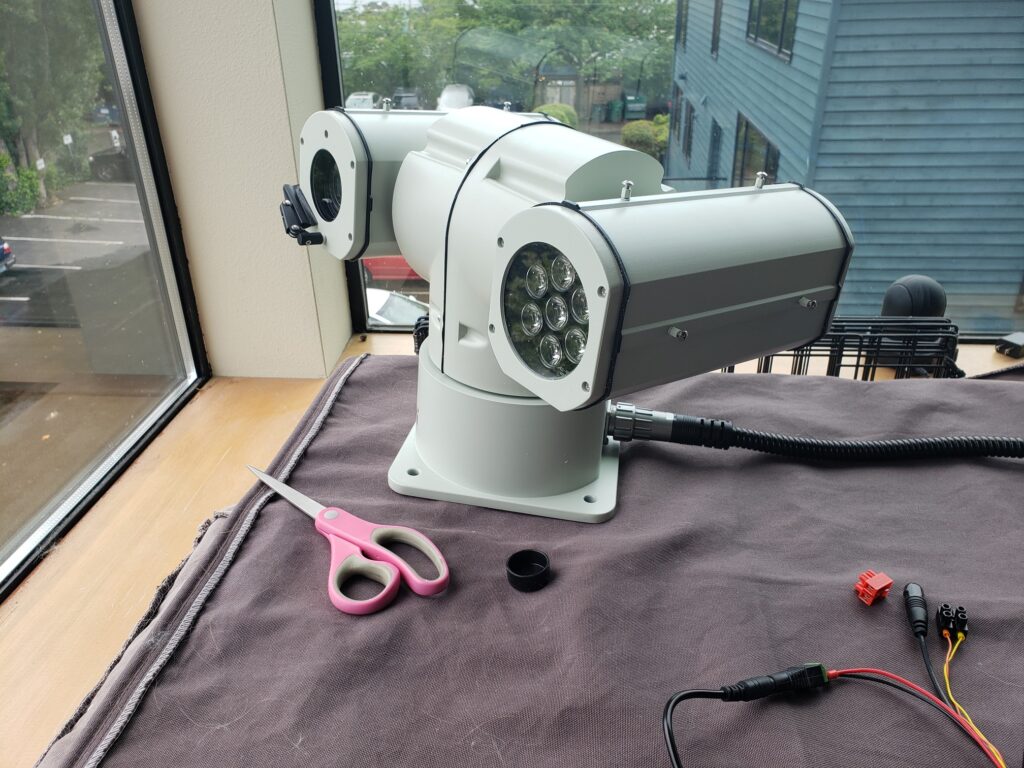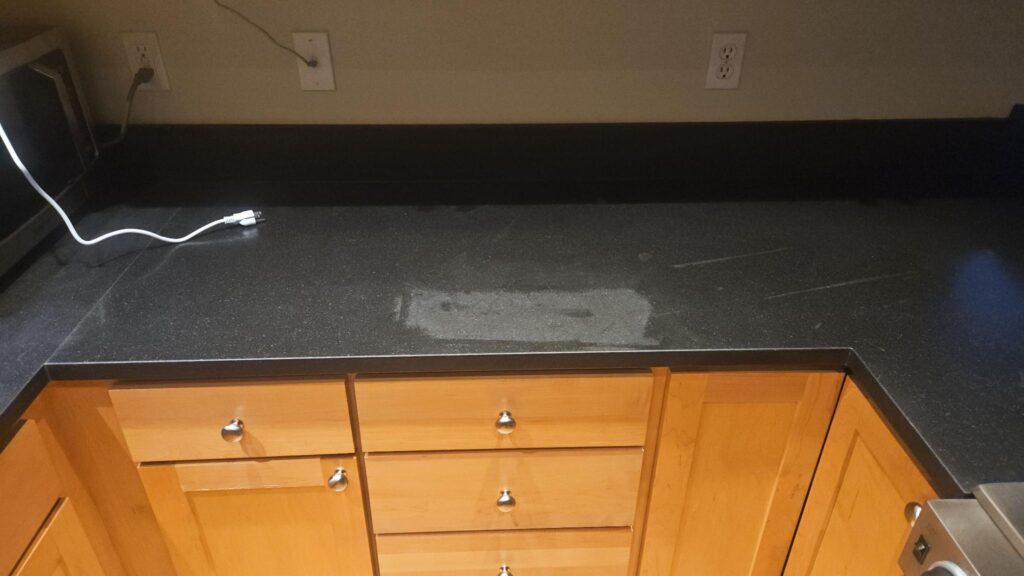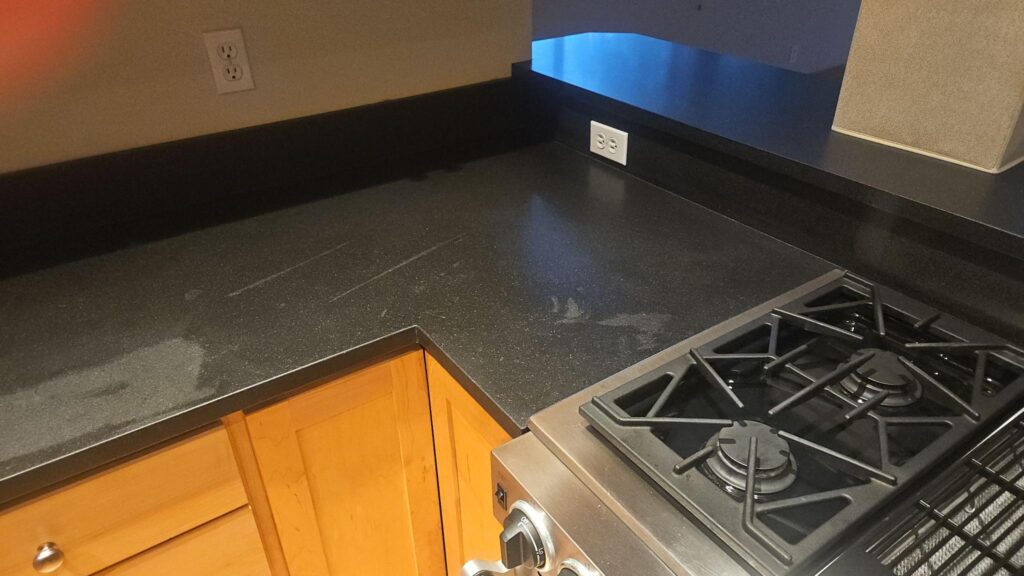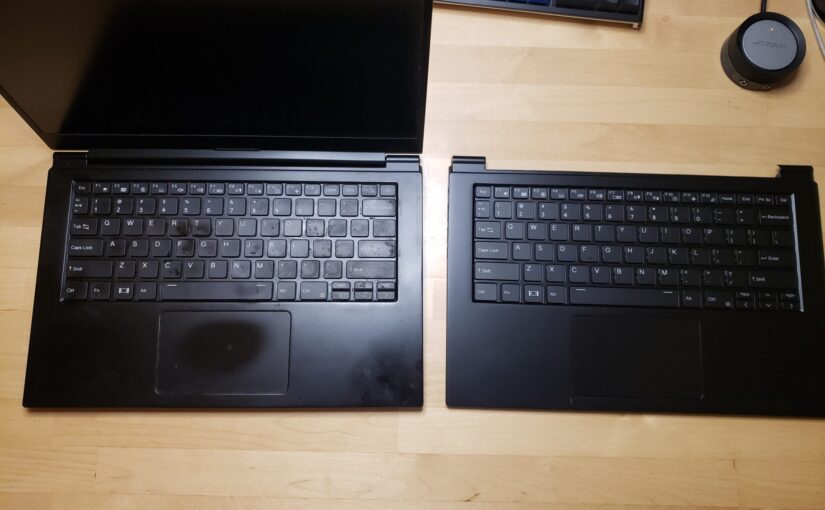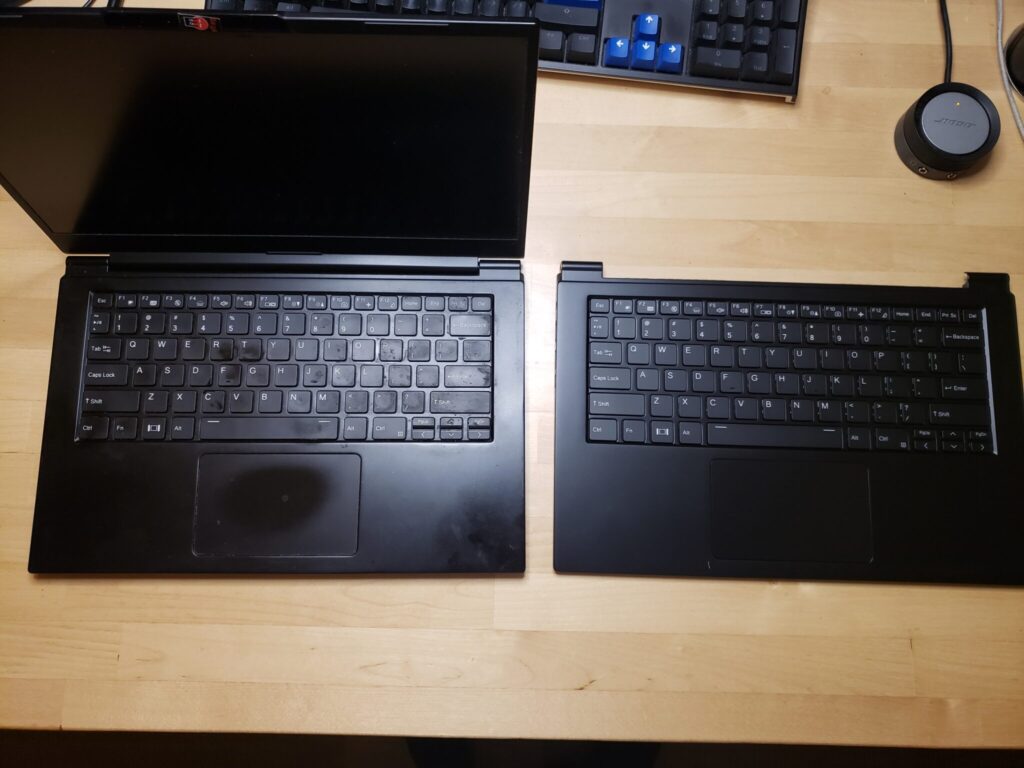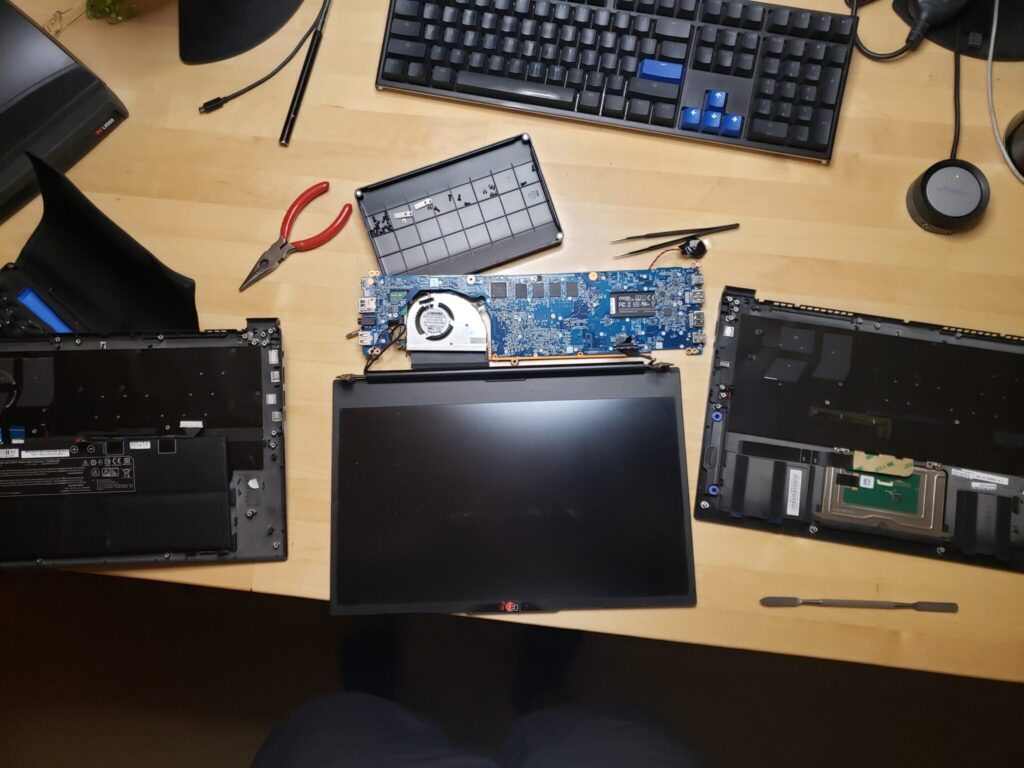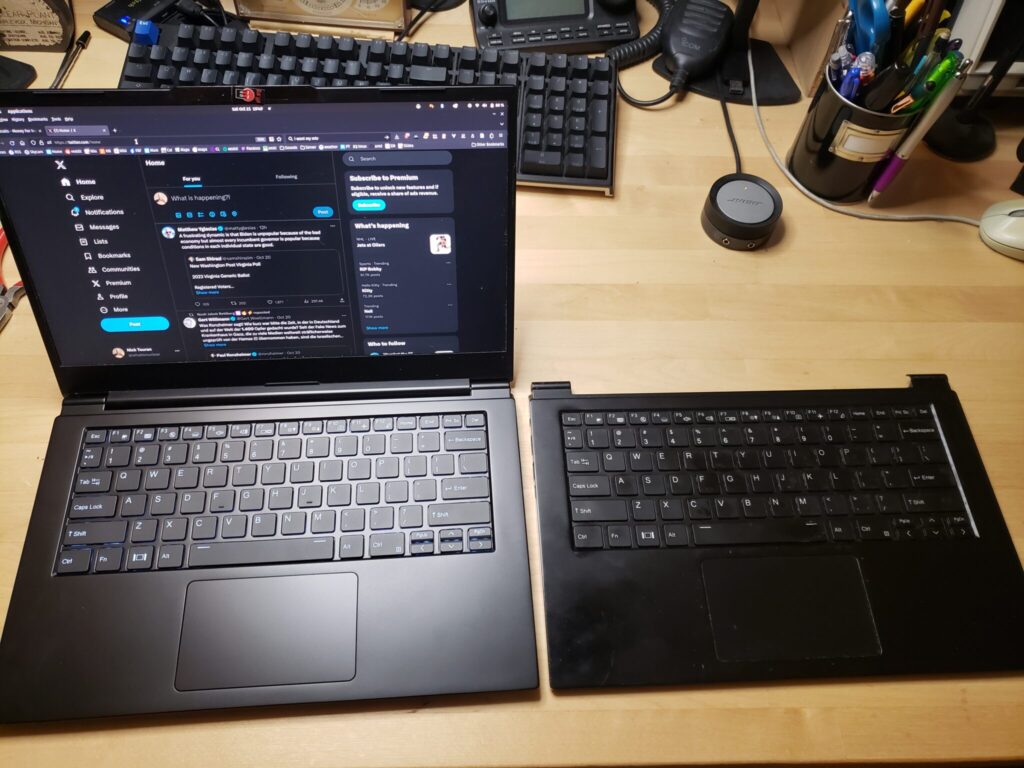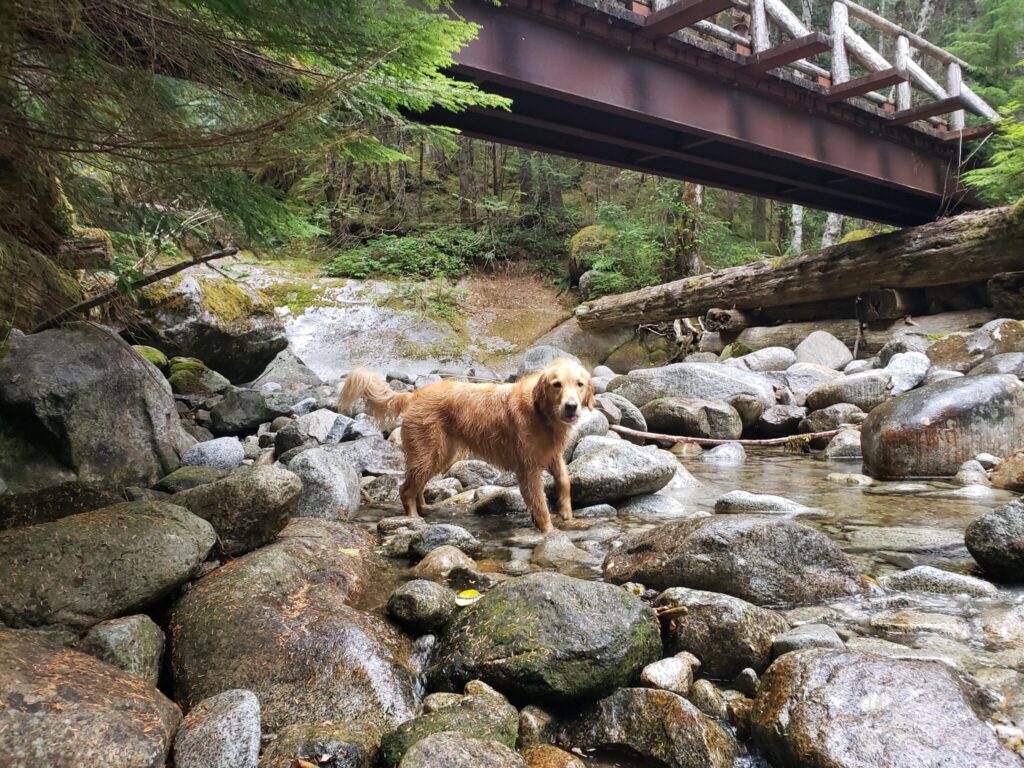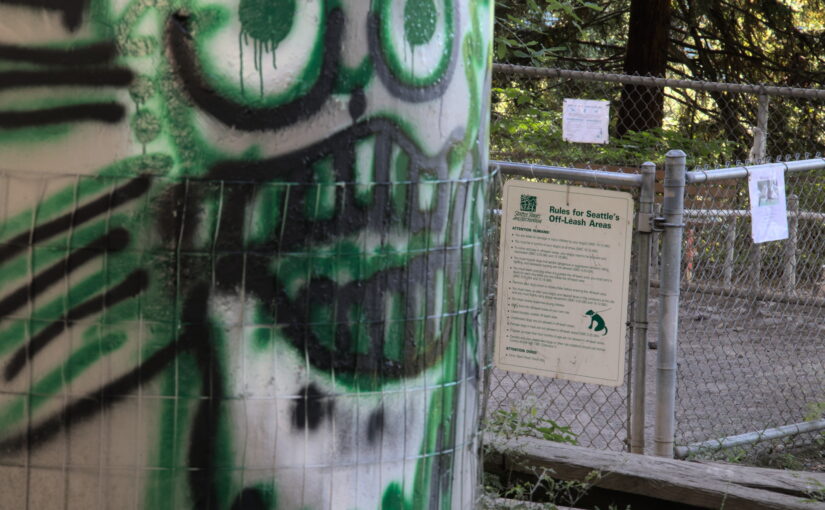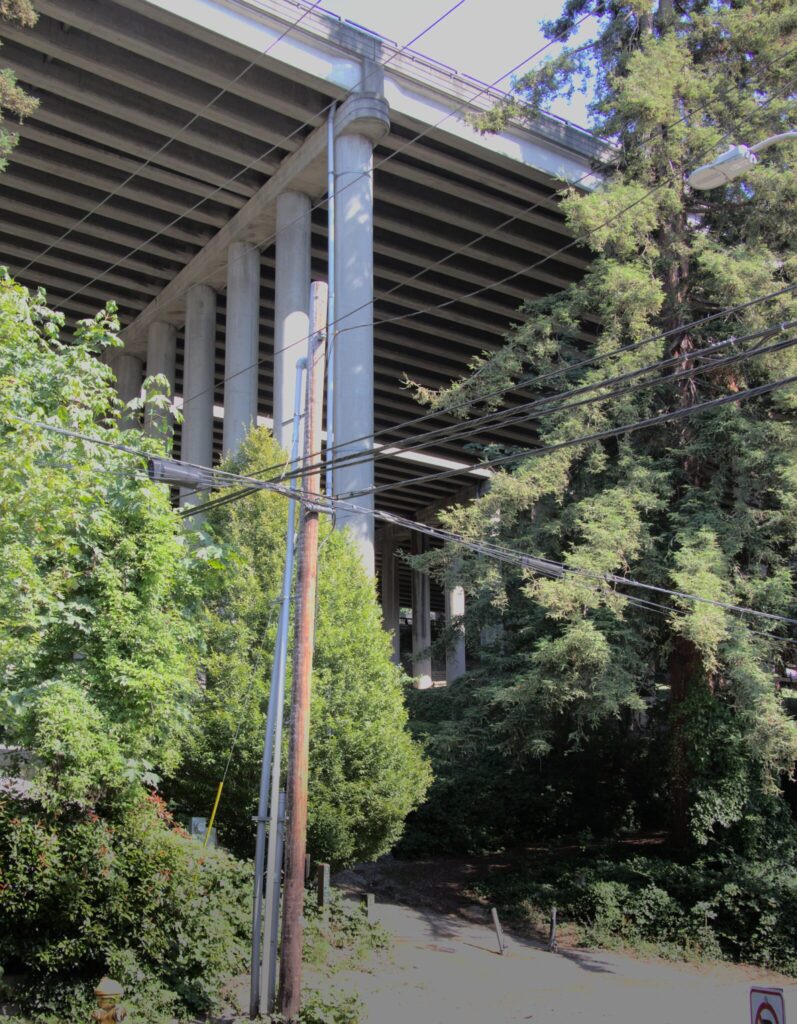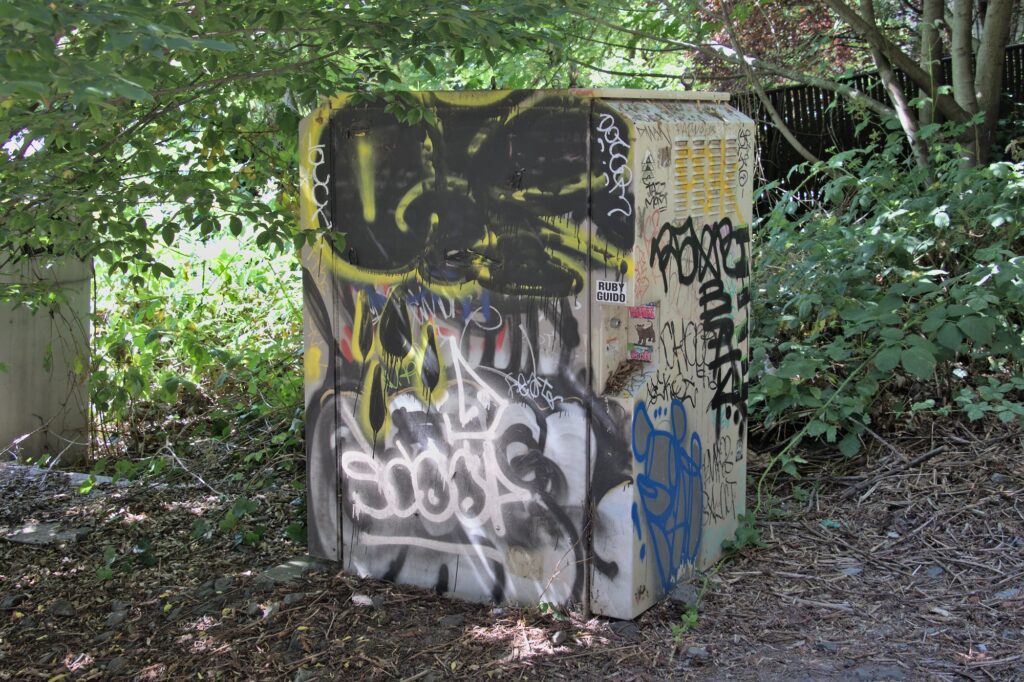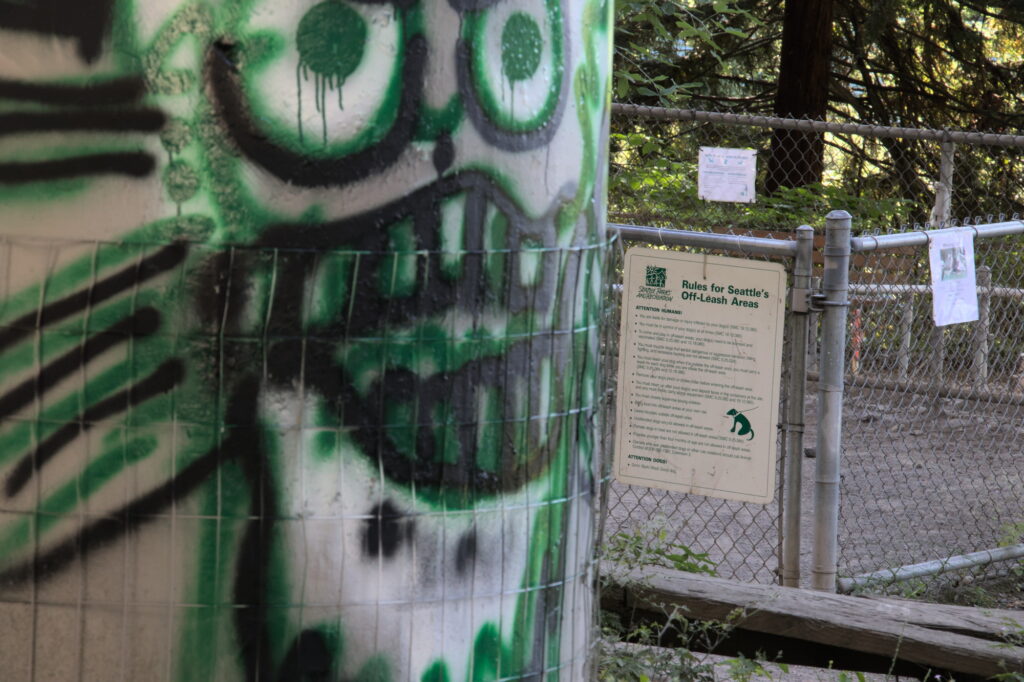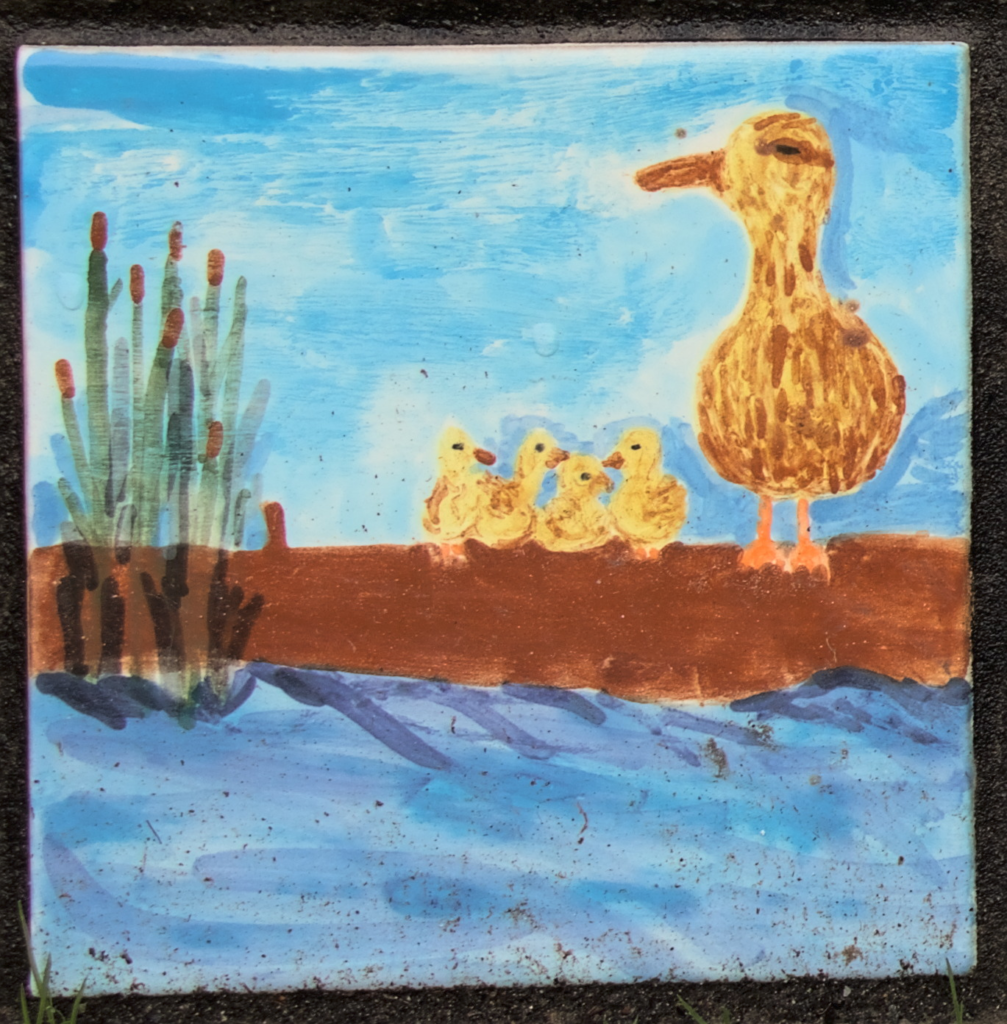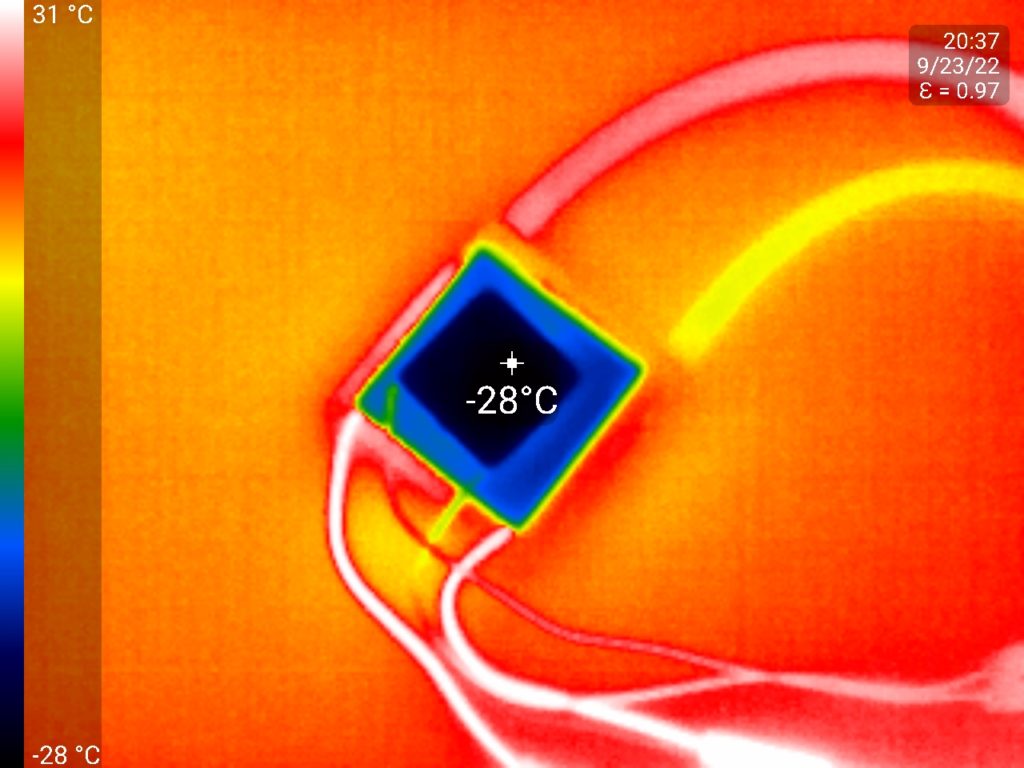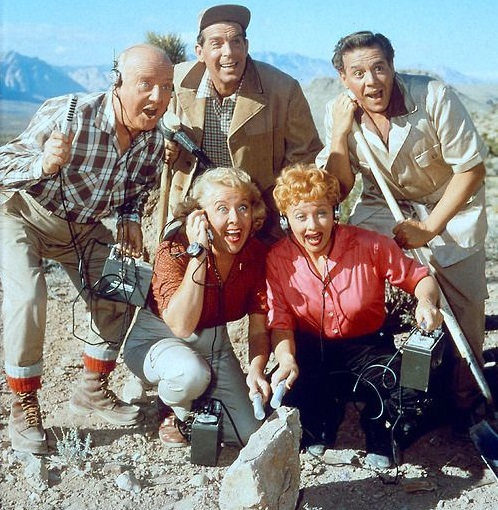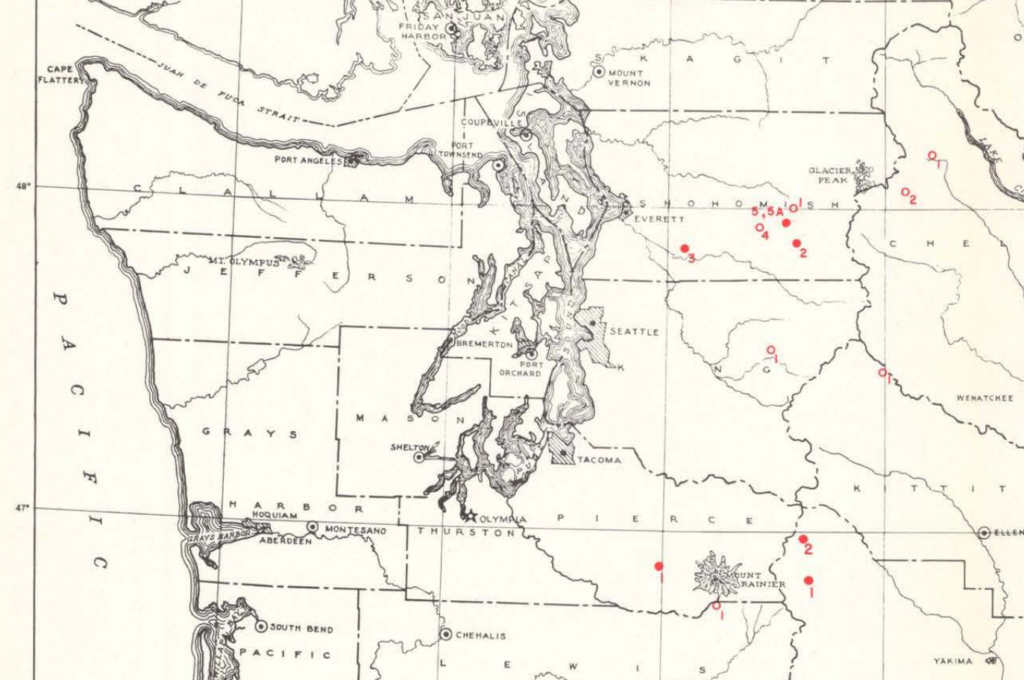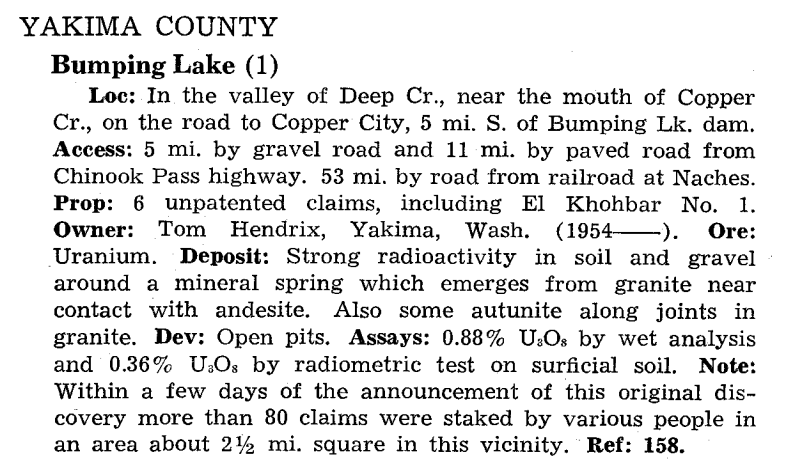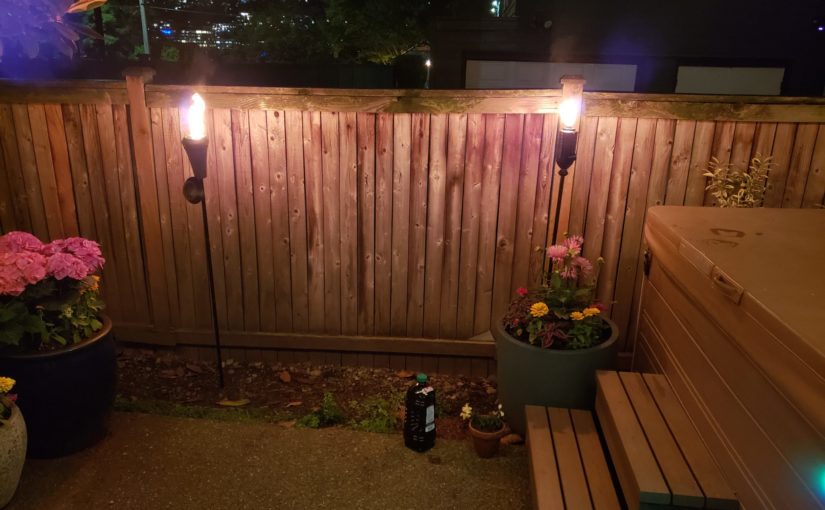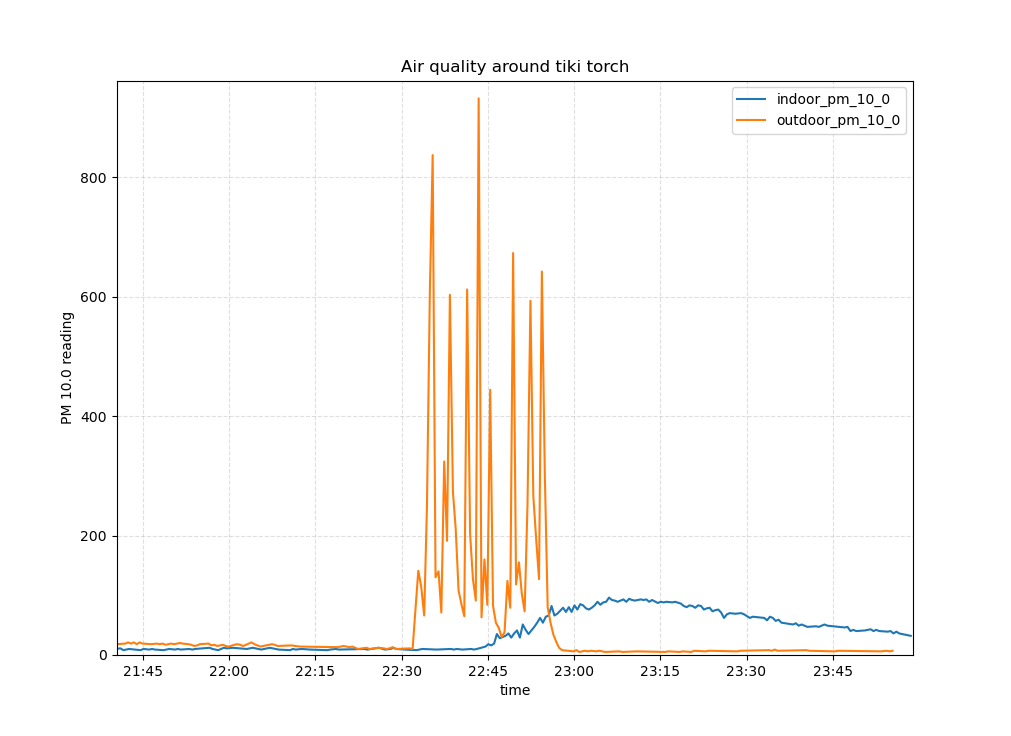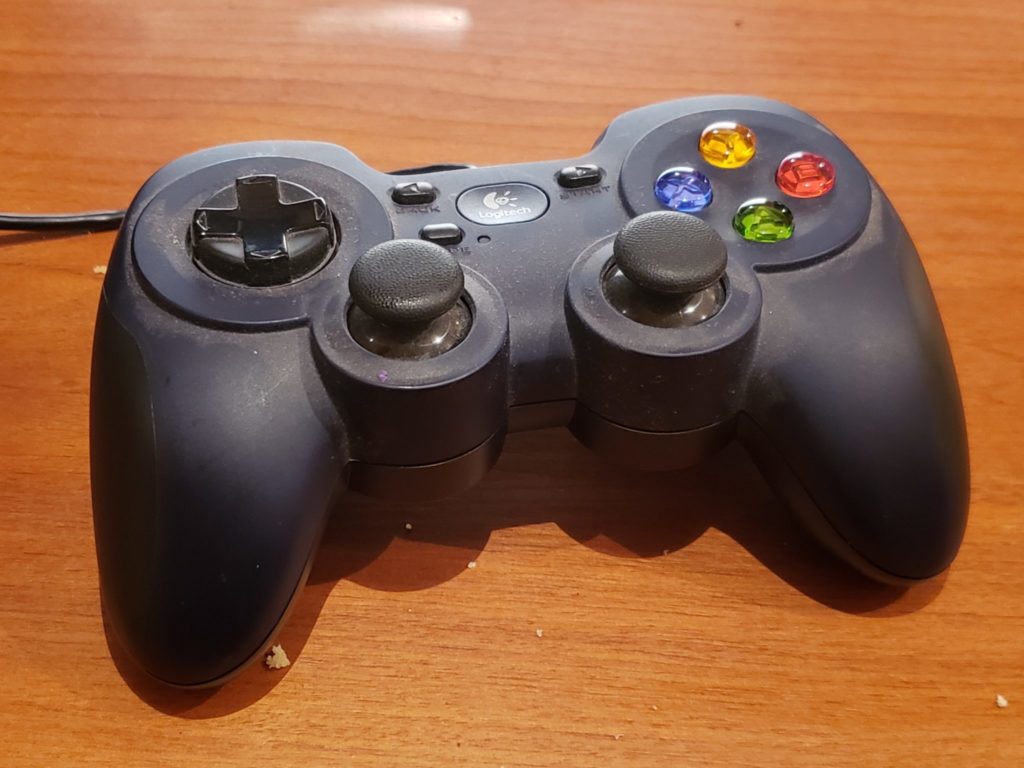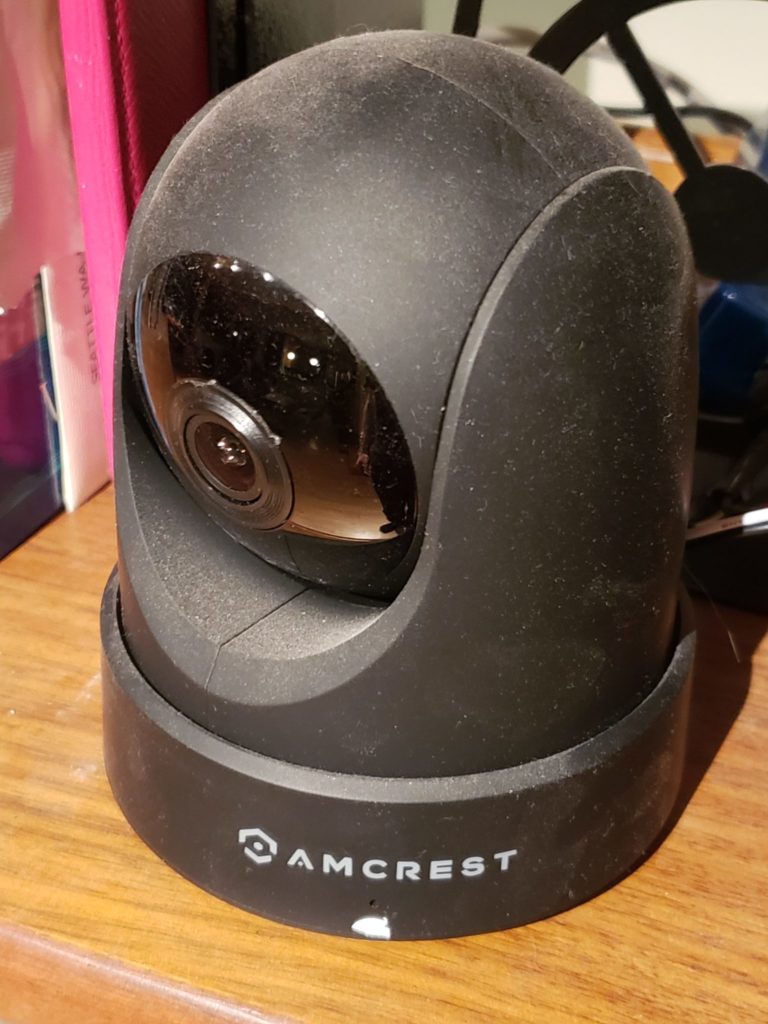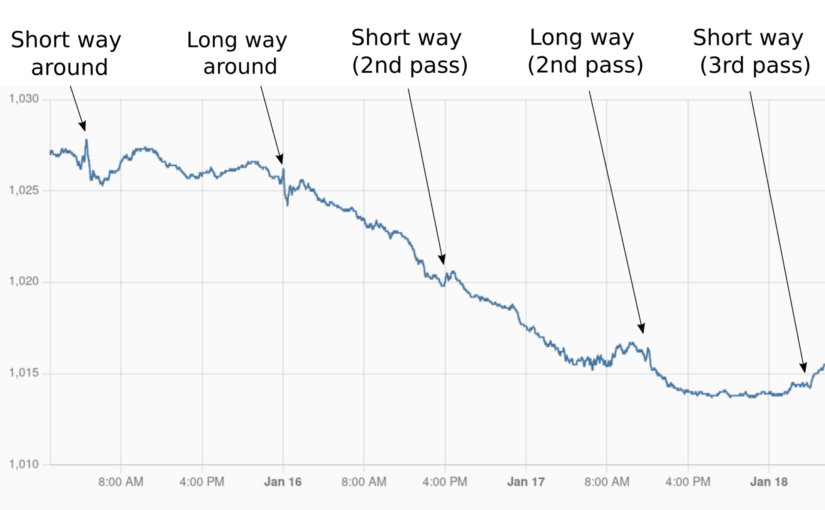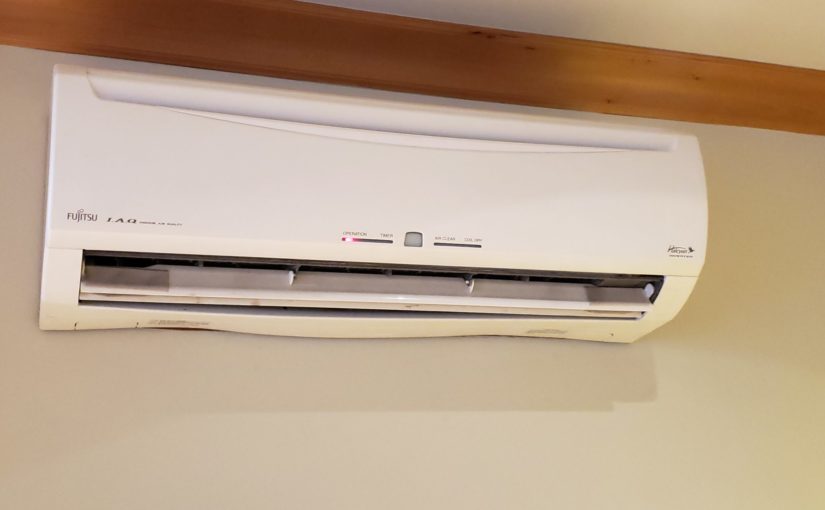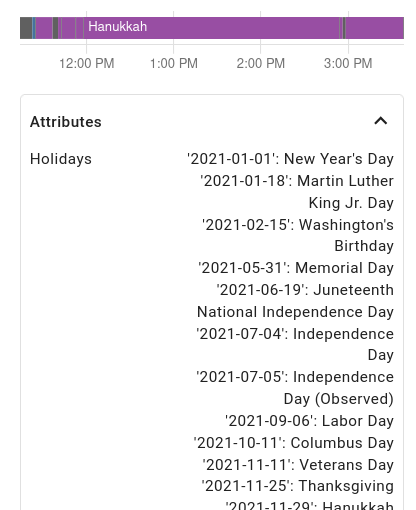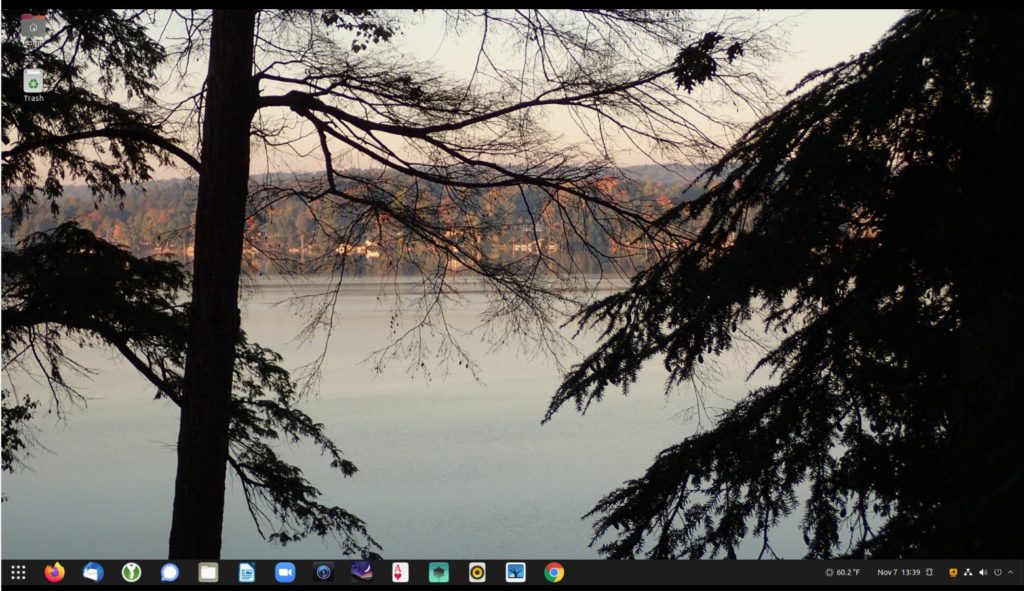I bought a 2021 EGO electric lawnmower on Craigslist 7 months ago. It’s been mowing my 1/3-acre yard just fine since the spring. But yesterday when I started it up, the light blinked green once and then blinked yellow or orange a bunch of times and made just a little click and failed to start. The motor spins like 1/16th of a turn but then stops. It’s like it’s trying to ‘kick over’ but just can’t make it. The self-propulsion still works fine, as do the LED lights, so I know it has power.
What’s happened to it since it worked last? Well, it’s been really hot and humid here in the DC area, and I’ve been storing it somewhat improperly outside in a tarp (I haven’t gotten around to getting a shed yet after moving). So presumably something temperature or humidity sensitive happened.
I tried a few simple things, none of which worked:
- I tried a different battery
- I cleaned out any extra grass underneath
- I removed the blade
- I wiped off the battery terminals
- I vacuumed out some dirt from the battery area
So I figured I better take it apart more. I found this amazing diagnostic video and went through all the steps. Fortunately, I just happened to have a long-enough torx screwdriver to reach down a few inches to unscrew the screws.
The motor had some corrosion on it on top, but the coils looked ok, if a little dirty. all the diagnostics were ok:
- Fuse had continuity
- No open circuits between the motor leads
- Diode mode multimeter read within range for all three PCB and MOSFET readings
- Little green LED was seen through white goop on main board
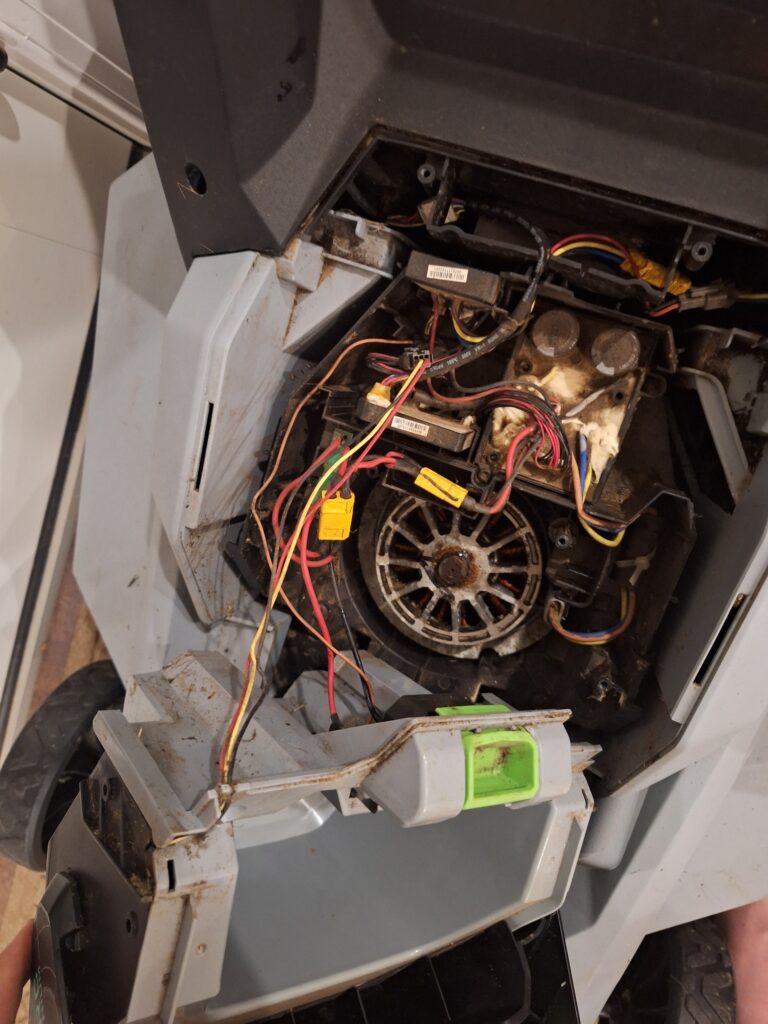
I unplugged and re-plugged as many things as I could. All contacts looked perfect, no signs of corrosion or anything inside the connectors. I blew some dirt off the coils of the motor with an air compressor.
I posted on the forum, here.
I brought it inside and let it sit in the A/C overnight. In the morning, it fired right up! I hurriedly mowed the lawn since it was already overdue. After 30 mins, when I had like 5% left to do and my battery was running low, I got the fault blink code again! It wasn’t the low battery one but I tried a new battery anyway: nothing. So it’s back to where I started. Maybe it got too hot again? But this isn’t the overheat code (solid orange), it’s blinking!
I called EGO+ customer service. They kept asking me where and when I bought it. I explained that I bought it 2nd hand and was looking for diagnostic troubleshooting advice to help decide whether the motor or the PCB is bad, or something else. They said I could take it to a repair center but would have to pay for it. I knew that, I explained. They didn’t care. (I don’t think the customer service folks knew how to help in any more detail.)
I’ve cleaned it up and brought it back inside for now. If it works again after cooling down, I guess that’s that. But I really would like it to be more robust. Changing out the main electronics and/or the motor look to be extremely easy for me, and both parts are available for roughly $100. I’d happily change one or the other out if I had any clue which one was causing the sensitivity. For now I guess we’ll just wait and see.
The next day, I tried it again. It didn’t turn on first thing, but after trying a few times it did. I took it out and finished up a little mowing. But a new behavior happened this time: it would just die as I rolled it over bumpy ground while on. Last time it died when the battery died but this time it died regularly, like every 15 feet of mowing.
Please let me know if you know whether this is a motor, controller, or something else problem!
Updates
I found someone else had the same problem on reddit and there is some OK commentary there. No solution yet.
I ordered a new motor on a whim. Will install it and see if it is better.
